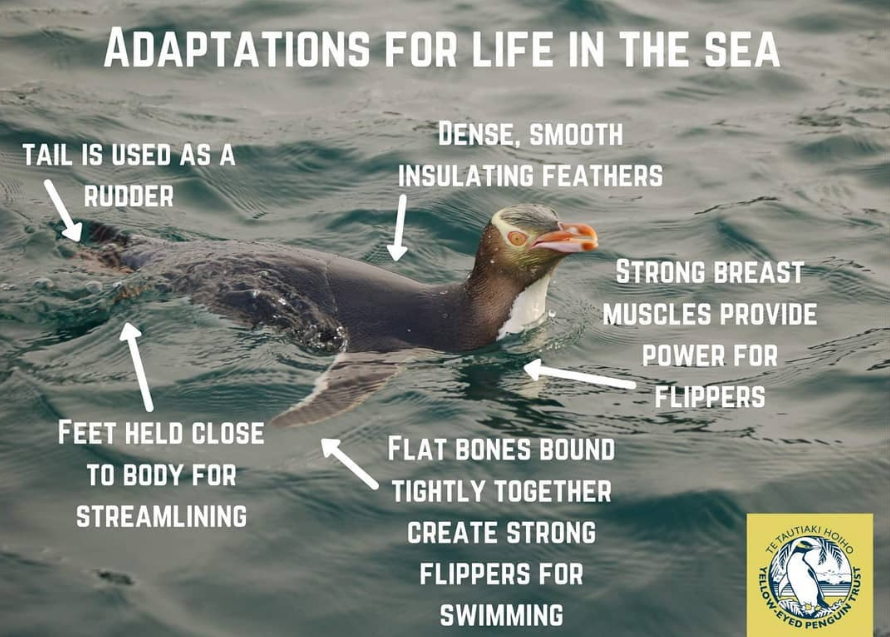The Wonder Of Animals: Their Adaptations And Survival Strategies

Table of Contents
Camouflage and Concealment: Masters of Disguise
Camouflage and concealment are crucial animal adaptations for both predator and prey. Many animals have evolved incredible abilities to blend seamlessly into their surroundings, using this animal camouflage to avoid detection or ambush unsuspecting victims. These prey strategies and predator avoidance techniques are a testament to the power of natural selection.
- Examples of animals using camouflage for predator avoidance:
- Chameleons, masters of disguise, change their skin color to match their environment, making them virtually invisible to predators.
- Stick insects, with their twig-like bodies, perfectly mimic branches, effectively disappearing among the foliage.
- Arctic foxes boast thick, white fur during winter, providing exceptional camouflage against the snow.
- Examples of animals using camouflage for hunting prey:
- Leopard's spotted coats provide excellent camouflage in dappled sunlight, allowing them to stalk prey undetected.
- Praying mantises, with their leaf-like bodies, blend into vegetation, ambushing unsuspecting insects.
- Many ambush predators utilize disruptive coloration, breaking up their outline and making it difficult to spot them.
- Evolutionary pressures driving camouflage development:
- The constant threat of predation or the need to ambush prey selects for animals with better camouflage abilities. Those individuals with better camouflage are more likely to survive and reproduce, passing on their advantageous traits.
- Different types of camouflage:
- Disruptive coloration: Bold patterns that break up the animal's outline.
- Countershading: Darker coloration on the top and lighter coloration on the bottom, helping to blend in with the background.
- Mimicry: Resembling other organisms, objects or environments.
Physical Adaptations: Form Follows Function
Animal physical adaptations, or anatomical adaptations, are the physical characteristics that enhance an animal's survival. These evolutionary adaptations, shaped by natural selection, often reflect the specific challenges and opportunities presented by an animal's environment. Animal morphology plays a crucial role in determining an animal's success.
- Examples of animals with adaptations for speed:
- Cheetahs possess streamlined bodies, long legs, and powerful muscles, enabling them to achieve incredible speeds during hunts.
- Examples of animals with adaptations for digging:
- Moles have powerful forelimbs with large claws, perfectly designed for digging burrows.
- Examples of animals with adaptations for climbing:
- Monkeys possess prehensile tails and strong limbs, allowing them to effortlessly navigate trees.
- How physical features enhance access to resources or defense mechanisms:
- Sharp claws aid in defense and catching prey.
- Strong beaks facilitate accessing food sources.
- Camouflaged coloring improves evasion from predators.
Behavioral Adaptations: Learned and Instinctive Survival Techniques
Animal behavior plays a vital role in an animal's chances of survival. These survival behaviors, a blend of animal instincts and learned behavior, allow animals to navigate their environment, find food, avoid predators, and reproduce successfully. Animal communication is also a significant aspect of these behaviors.
- Examples of animals using migration to find food or breeding grounds:
- Monarch butterflies undertake incredible migratory journeys, covering thousands of miles each year.
- Salmon return to their natal streams to reproduce, guided by an innate sense of direction.
- Examples of animals using social behaviors for protection (e.g., herds, flocks):
- Zebras travel in herds, providing protection from predators through increased vigilance and the dilution effect.
- Birds flock together, benefiting from collective awareness and defense mechanisms.
- Examples of animals using communication for mating or warning:
- Birds utilize elaborate songs and dances to attract mates.
- Prairie dogs use alarm calls to warn their colony of approaching danger.
- Interplay between learned and instinctual behaviors:
- Many behaviors are a combination of innate instincts and learned skills refined through experience.
Physiological Adaptations: Internal Mechanisms for Survival
Animal physiology plays a critical role in an animal's ability to survive in diverse environments. These physiological adaptations allow animals to regulate their internal environments and maintain homeostasis, even in the face of extreme conditions. Animal metabolism and systems such as thermoregulation and osmoregulation are vital for survival.
- Examples of animals adapted to extreme temperatures:
- Desert animals, like camels, have adaptations to conserve water and tolerate high temperatures.
- Arctic animals, such as polar bears, have thick blubber layers for insulation in freezing conditions.
- Examples of animals adapted to different water conditions:
- Freshwater fish have specialized kidneys for osmoregulation in low-salt environments.
- Saltwater fish have adaptations to handle high salt concentrations in seawater.
- Examples of animals with specialized digestive systems:
- Herbivores possess specialized digestive systems to break down plant matter.
- Carnivores have adaptations for processing meat.
- How physiological mechanisms enhance survival chances:
- Efficient thermoregulation helps animals survive in extreme temperatures.
- Osmoregulation allows animals to maintain water balance in diverse environments.
- Specialized digestive systems enable animals to extract nutrients from various food sources.
Conclusion
In conclusion, the remarkable diversity of animal adaptations and survival strategies highlights the incredible ingenuity of the natural world. From camouflage and concealment to sophisticated physiological mechanisms and learned behaviors, animals have evolved an array of solutions to the challenges presented by their environments. Understanding these adaptations is not only crucial for appreciating the wonder of wildlife adaptations but also for effective conservation efforts. By studying these fascinating animal survival strategies, we can gain a deeper understanding of animal evolution and the ongoing process of natural selection.
Learn more about the fascinating world of animal adaptations and survival strategies. Explore further resources to deepen your understanding of the wonder of animals and their remarkable abilities. Continue your journey of discovery and marvel at the incredible adaptations that allow animals to thrive.

Featured Posts
-
 Spomenite Na Dzherard Btlr Ot Blgariya Snimki I Podrobnosti
May 13, 2025
Spomenite Na Dzherard Btlr Ot Blgariya Snimki I Podrobnosti
May 13, 2025 -
 All 5 Upcoming Leonardo Di Caprio Movies Explained
May 13, 2025
All 5 Upcoming Leonardo Di Caprio Movies Explained
May 13, 2025 -
 Kinofestival Kino Na Sluzhbe Otechestvu Vzglyad Na Sovremennoe Rossiyskoe Kino
May 13, 2025
Kinofestival Kino Na Sluzhbe Otechestvu Vzglyad Na Sovremennoe Rossiyskoe Kino
May 13, 2025 -
 Nhl History Ovechkin Now Tied With Gretzky At 894 Goals
May 13, 2025
Nhl History Ovechkin Now Tied With Gretzky At 894 Goals
May 13, 2025 -
 Byd Targets 50 Overseas Sales By 2030 A Bold International Expansion
May 13, 2025
Byd Targets 50 Overseas Sales By 2030 A Bold International Expansion
May 13, 2025
